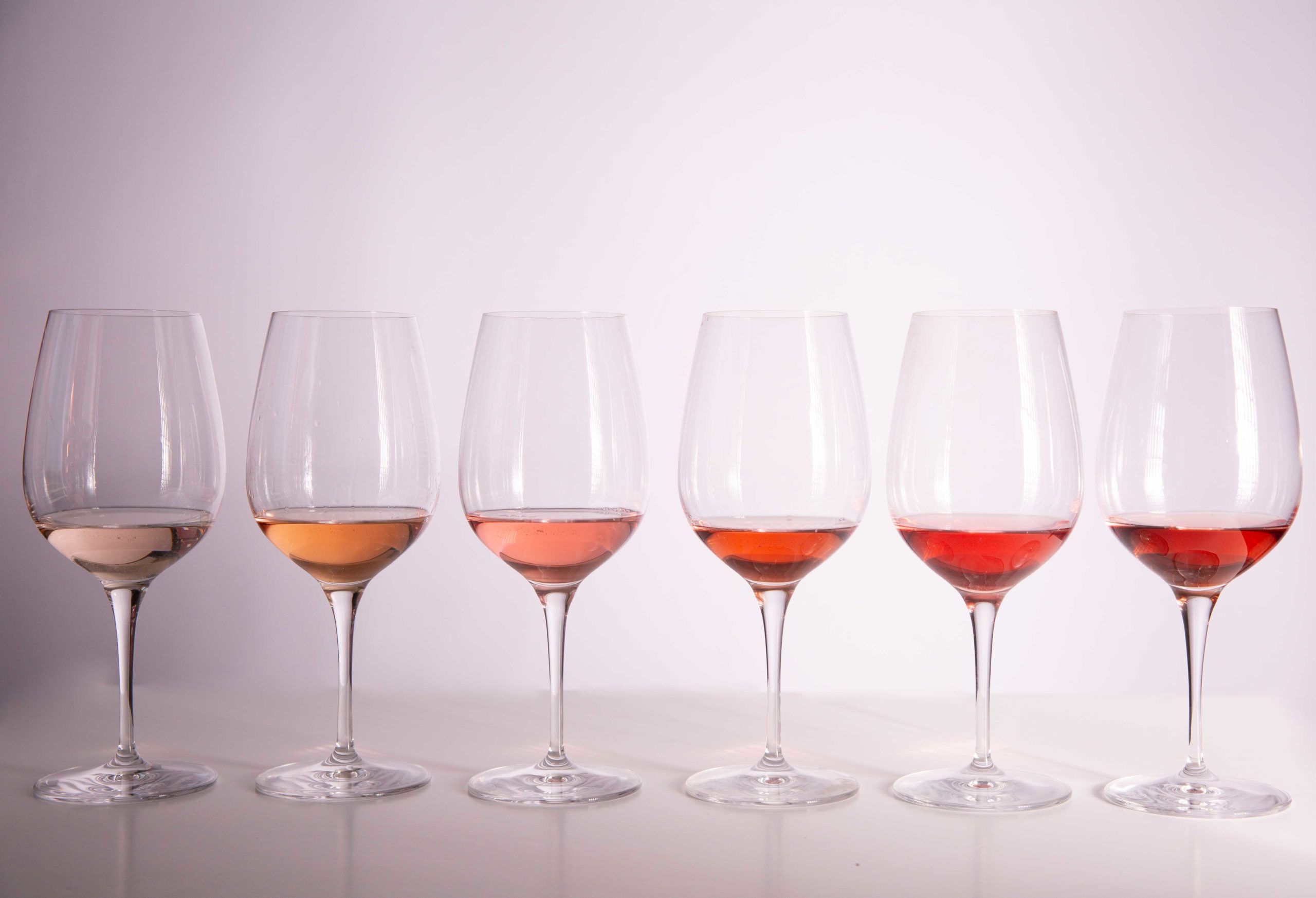



- This event has passed.
Let’s Stop and Smell the Rosé!
May 5, 2021 @ 7:30 pm - 9:30 pm CEST
€10,00
Let’s pretend we’re having lovely spring sunshine and help ourselves to a glass or two of rosé. I will explain the 5 principal ways that pink wine is made, and delve a little into the science of the phenolics.
So buy yourself a couple of bottles and bring them to our online tasting. I will supply a bunch of maps, charts and diagrams to help us to understand better the wines that we are tasting – and we can compare colours and flavours together.
There will be a few tasting and food suggestions in the comments. Spoiler Alert: the best match for rosé wine is garlic…
I think you will be pleasantly surprised by the variety and complexity of this ultimate pink drink – as well as the great science and history behind it.
Join now with other wine lovers from Germany, France and elsewhere.
Cheers, Sean
0151 71 72 1627
Contact us if you would like to sign up, but prefer to pay by bank transfer.
Improve your English of the wine industry with this Quizlet study set. Learn hundreds of wine terms and phrases in a fun and engaging way. Designed by our wine professional.
Some Rosé options:
Pink Champagne – nearly always produced by slinging some red wine into normal bubbly
Rosé Cava – usually made from Trepat, which you may not have tasted before?
German Spätburgunder rosé – sometime blended with Portugeiser or similar
Tavel – the sole AOC in France that only makes rosé; like most Rhône / Provence / Languedoc / Catalan wines it is based on Grenache, Syrah and Cinsault
Provence’s pale rosé – sometimes called “vin gris” or “onion skin rosé”
Tuilé or ambré muscats – these vins doux naturels (fortified wines) from Roussillon are types of rosé
Rosé de Loire – typically Cabernet Franc; note that Rosé d’Anjou and Cabernet d’Anjou are NOT dry
Chiaretto – a bright Italian rosato style: Bardolino would be a great choice
Clairet – the historic dark rosé from Bordeaux that gives us the word “Claret”
Blanc de noir – although this implies that the wine is white, it can indicate a pale pink wine from red grapes
Blush – sweeter Californian rosés, sometimes called “White Zinfanel”, but can also be Cabernet Sauvignon